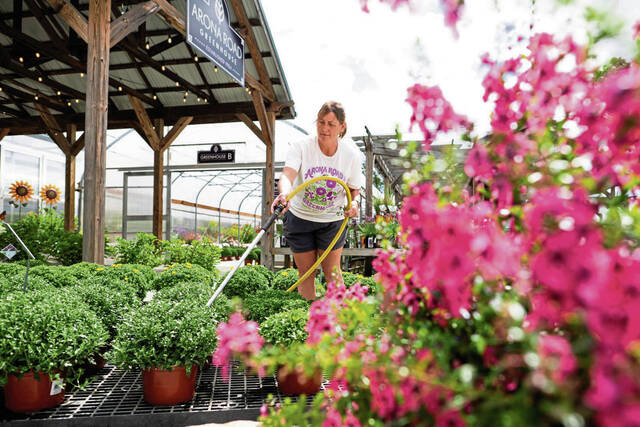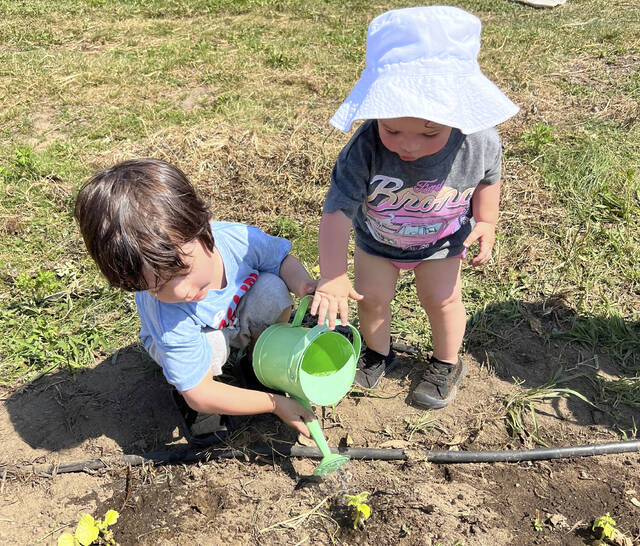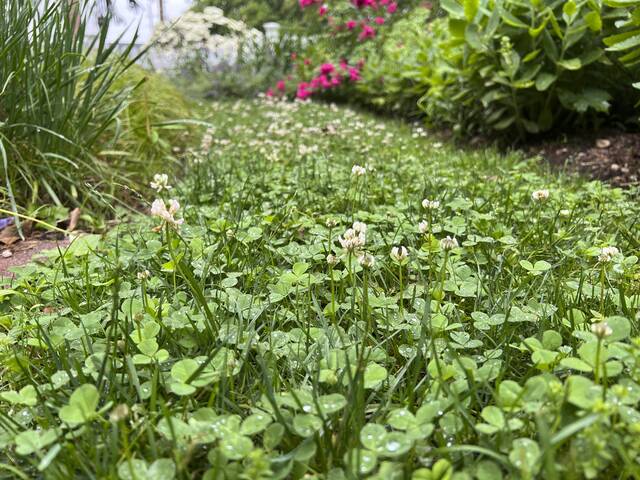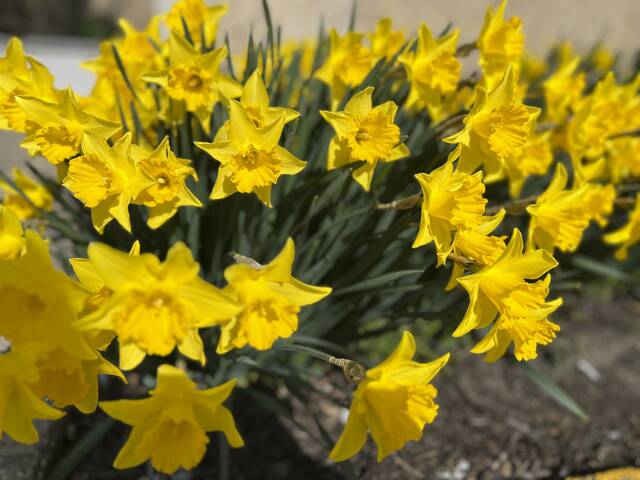Question: I am looking for some advice on growing gardenias in Pennsylvania. What are the tricks to success?
Answer: Gardenias (Gardenia jasminoides) are a favorite flower of many people, but caring for the plants in cold climates like ours can be difficult. This beautiful, tropical plant produces pure white blooms with a heady, unforgettable fragrance, and the dark, glossy leaves are lovely even when the plant isn’t in bloom.
Southern gardeners who live where temperatures don’t dip below freezing can grow gardenias as year-round, outdoor plants. In those climates, gardenia plants grow into large evergreen shrubs that can reach as tall as 6 feet with an equal width.
Though we can’t use them as outdoor landscape plants here in Pennsylvania, many gardeners grow gardenias as patio plants in the summer and houseplants in the winter.
During the growing season, when there is no threat of frost, gardenias grow quite nicely outdoors in a container. Just be sure to place the pot in a shady area, away from any harsh, direct sunlight.
When fall arrives, and temperatures dip close to freezing, it’s time to move gardenias back indoors. Place the plant in a location that receives plenty of bright light (preferably in a west- or south-facing window), moderate humidity, and cooler temperatures. Ideal winter daytime temperatures for gardenias are between 55 and 65 degrees F.
Indoors, gardenias prefer cooler temperatures and moderate humidity. Keep them away from heat registers, but also keep them away from cold drafts.
Water your gardenia when the soil is dry to the touch and the pot is light. If the soil is allowed to dry out completely when the plant is in bud or in flower, the buds or blooms may drop off of the plant. The same thing can happen if severe changes in light levels are experienced. If possible, do not move a gardenia plant from one room to another when the plant is in bud or flower.
Exposure to cold temperatures, drafts or frosts can also cause the buds and flowers to drop. Avoid extreme fluctuations in temperatures.
To water your gardenia when it’s indoors, take the plant to the sink or bathtub and flush water through the soil, making sure the excess water is draining out the hole in the bottom of the pot. Don’t grow gardenias in containers without a drainage hole because their roots will sit in water which could cause symptoms of over-watering. These include root rot and/or leaf yellowing and leaf drop.
Fertilize your gardenia from April through August. Use an organic liquid fertilizer formulated specifically for acid-loving plants such as evergreens. Monthly fertilization is sufficient for these plants. Be careful not to over-fertilize gardenias because the resulting flush of tender growth is attractive to several different pests. Excessive fertilizer use can also result in a salt buildup in the soil and brown leaf tips.
Occasionally issues with spider mites, scales, aphids, and other pests might occur on your gardenia. If you spy sticky leaves on the plants, or you see the pests themselves, especially hidden down at the base of the leaf stems or on the undersides of the leaves, you may have to take action against these critters. Keep in mind that gardenias are sensitive to several chemical pesticides and miticides. When bringing your gardenia plant inside in the fall, spray it off with a sharp stream of water to dislodge any pests, or wash the plant off carefully in the shower.
If pests arrive despite this fall “bath,” ultrafine horticultural oils work to control infestations of most gardenia pests. This lightweight oil is formulated to smother and kill different soft-bodied pests. It won’t harm people or pets, so you can even use it indoors, as long as you carefully follow label instructions. Be sure to spray all surfaces of the plant, including along the stems and leaf undersides. You’ll also want to confirm that the brand of horticultural oil you have is labeled for use on gardenias. Not all of them are safe for this sensitive plant.








